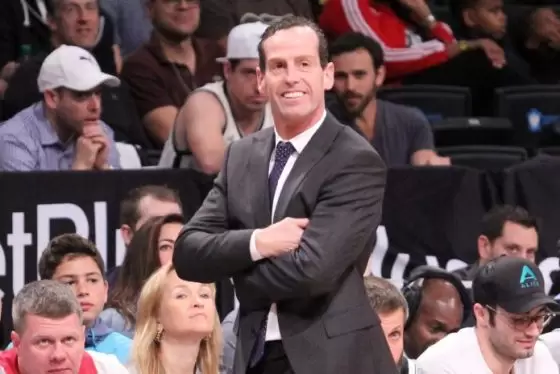The State of Indiana has reported a June handle of US$256.3m, down 17% from May 2022. The figure is slightly up, however, in June 2021 which reported an online sports betting handle of US$218m and retail handle of US$27.9m (total US$245.9m).
Taxable Adjusted Gross Revenue stood at US$15.76m, therefore generating sports wagering tax for the state of US$1.5m. Compared to the prior financial year, this is also down, with AGR dropping from US$25.4m and tax receipts falling from US$2.4m.
Why did the handle plummet from May?
Comparing the handle and revenue on a year-to-year basis provides instructive lessons, although nothing particularly staggering, about US betting patterns. When looking from June 2021 to June 2022, the most notable reduction on a sport-by-sport basis comes from basketball, for which the handle reduction can almost entirely be attributed to.
With a US$41m reduction in handle for the month to US$36.4m, baseball wagering absorbed some of the shortfall rising from US$60m (2021) to US$84.6m in 2022.
Wagering on Parlays increased too, and there was also a marginal increase in the ‘other’ wagering category. The ‘other’ category covers every sport outside the big three for US punters (basketball, baseball, football).
The NBA 2022 championship has recently concluded, with Stephen Curry’s MVP performance spearheading the Golden State Warriors’ charge – providing the Warriors with a fourth title in eight years. The Championship Series took place between June 2-16th, providing just six matches for punters to bet on. Contrasting to 2021, the Covid-19 impacted schedule led to over 40 individual matches available for those wishing to have a bet.
It goes without saying that a busier content schedule leads to more betting; although Indiana’s sports betting handle of US$36.4m on basketball on just the finals at all is not to be scoffed at. Further growth can potentially be achieved in the total addressable market when US consumers take a larger interest in competitions outside of the big three sports.






